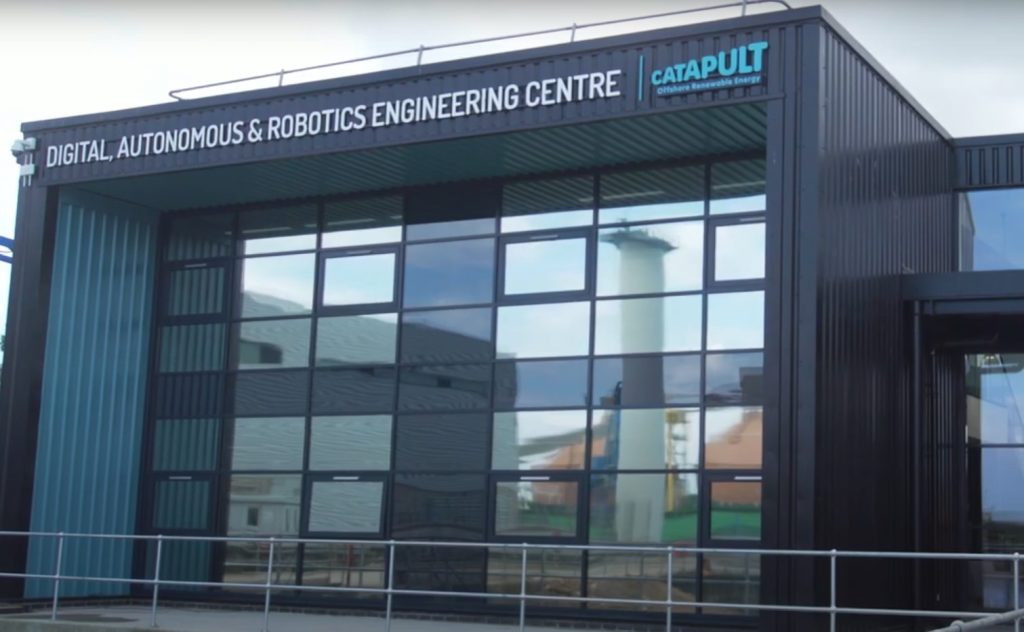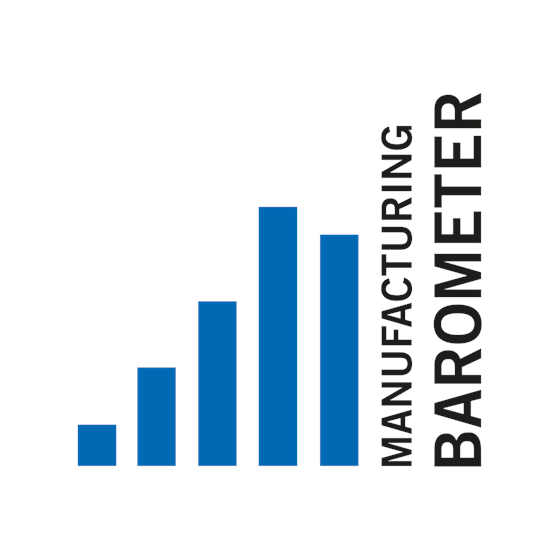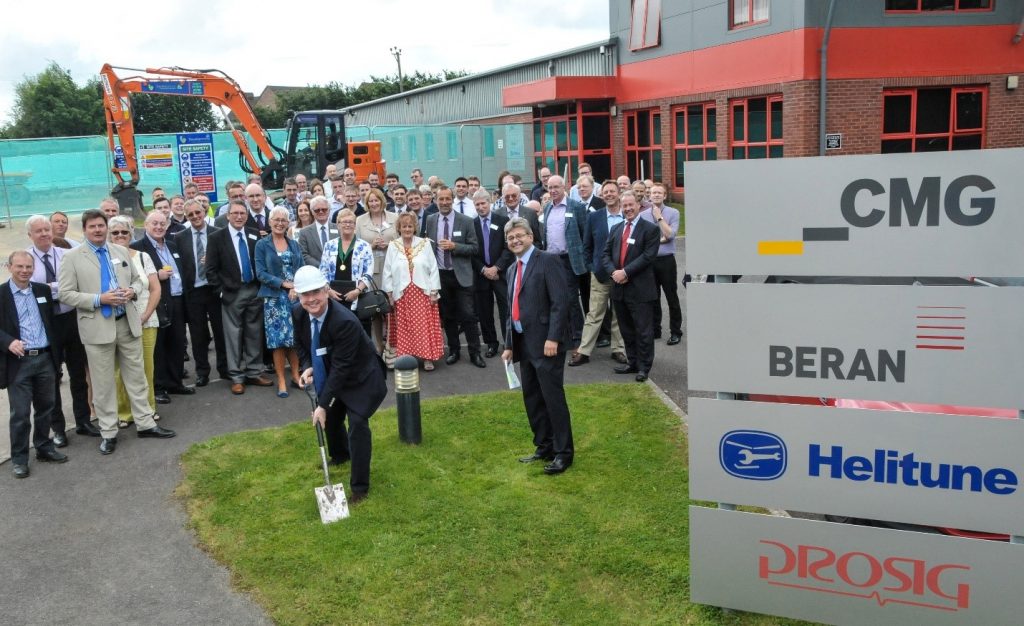Robotics and autonomous systems are set to become a critical component in the safety, cost reduction and efficiency of offshore wind farm operations.
ORE Catapult has created a dedicated structure for de-risking and supporting this development.
A new report from the Offshore Renewable Energy (ORE) Catapult details how the latest advancements in technology can enable faster and more accurate data collection – leading to more informed decision making and the potential to reduce consenting times for offshore wind farms by as much as 40% – reducing costs and improving our knowledge of the marine environment.
The ORE Catapult report, Accelerating Offshore Wind: The Role of Innovation in Decision-Making and Faster Consenting, outlines how robotics, AI and smart technology can lead to improved data gathering and more efficient environmental impact monitoring – that could reduce the average timeline for consent from five to three years. Examples include using computer vision with AI technology to accurately identify, track and monitor bird behaviour, to the use of autonomous underwater vehicles for passive acoustic monitoring of marine mammals.
The UK Government target to deploy 50GW of installed offshore wind energy by 2030 is heralding a rapid surge in wind farm installation, but this also requires a greater understanding of the marine environment.
Read the full article HERE
ORE Catapult released the following video promoting the DARE centre:
Find out more about the role of robotics within offshore renewables HERE



